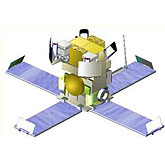NASA Goddard Space Flight Center
The Goddard Space Flight Center is a major NASA space research laboratory located approximately 6.5 miles northeast of Washington, D.C. in Greenbelt, Maryland, United States.

Science Facts Written by NASA Goddard Space Flight Center
NASA Explains Dust Bowl Drought
NASA scientists have an explanation for one of the worst climatic events in the history of the United States, the 'Dust Bowl' drought, which devastated the Great Plains and all but dried up an already ... Continue reading
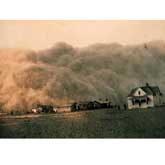
Surprise! Lightning Has Big Effect On Atmospheric Chemistry
Scientists were surprised to learn summer lightning over the U.S. significantly increases regional ozone and other gases that affect air chemistry 3 to 8 miles above Earth's surface.The amounts of ... Continue reading
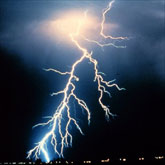
What Are Aerosols?
Aerosols are tiny particles suspended in the air. Most occur naturally, originating from volcanoes, dust storms, forest and grassland fires, living vegetation, and sea spray (Figure 1). Human ... Continue reading
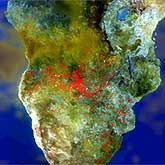
Cool Fuel Cells
Astronauts have been using them for power aboard spacecraft since the 1960s. Soon, perhaps, they'll be just as common on Earth--powering cars, trucks, laptop computers and cell phones. They're called ... Continue reading

What is Dark Energy?
Because he originally thought the Universe was static, Einstein conjectured that even the emptiest possible space, devoid of matter and radiation, might still have a dark energy, which he called a ... Continue reading
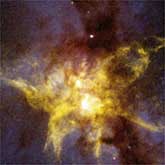
The Wilkinson Microwave Anisotropy Probe (WMAP)
The cosmic microwave background (CMB) radiation is the radiant heat left over from the Big Bang. It was first observed in 1965 by Arno Penzias and Robert Wilson at the Bell Telephone Laboratories in ... Continue reading

The Big Bang Model
The Big Bang Model is a broadly accepted theory for the origin and evolution of our universe. It postulates that 12 to 14 billion years ago, the portion of the universe we can see today was only a few ... Continue reading

The Oldest Light in the Universe
A NASA satellite has captured the sharpest-ever picture of the afterglow of the big bang. The image contains such stunning detail that it may be one of the most important scientific results of recent ... Continue reading
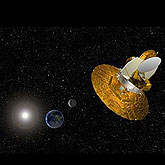
What Happens at the Edge of a Black Hole?
The greatest extremes of gravity in the Universe today are the black holes formed at the centers of galaxies and by the collapse of stars. These invisible bodies can be studied by examining matter ... Continue reading
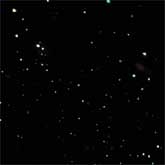
Astronomers Glimpse Feeding Of A Galactic Dragon
A team of radio astronomers has found a cold ring of gas around a supermassive black hole in the fiery nuclear region of quasar galaxy 'QSO I Zw 1,' the most detailed observational evidence yet that ... Continue reading
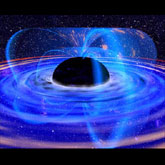
What Powered the Big Bang?
During the last decade, sky maps of the radiation relic of the Big Bang---first by NASA's Cosmic Background Explorer (COBE) satellite and more recently by other experiments, including Antarctic ... Continue reading
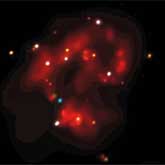
Sibling Rivalry: A Mars/Earth Comparison
Scientific understanding is often a matter of making the right comparisons. In terms of studying the Earth, one of the best comparative laboratories exists one planet over--on Mars. In many ways, the ... Continue reading

It's a Supernova
Scientists have discovered that one of the brightest gamma ray bursts on record is also a supernova. It's the first direct evidence linking these two types of explosions, both triggered by the death ... Continue reading
